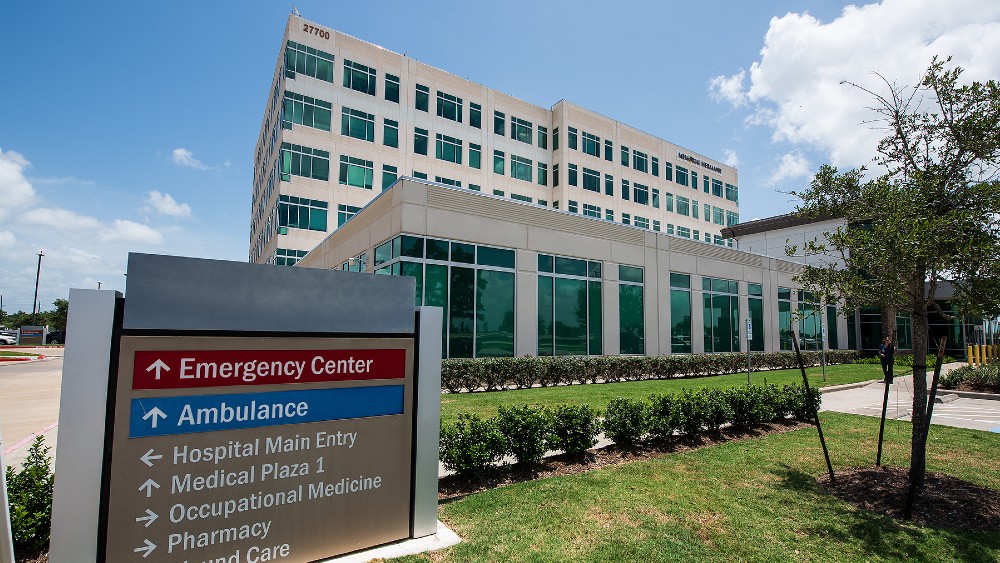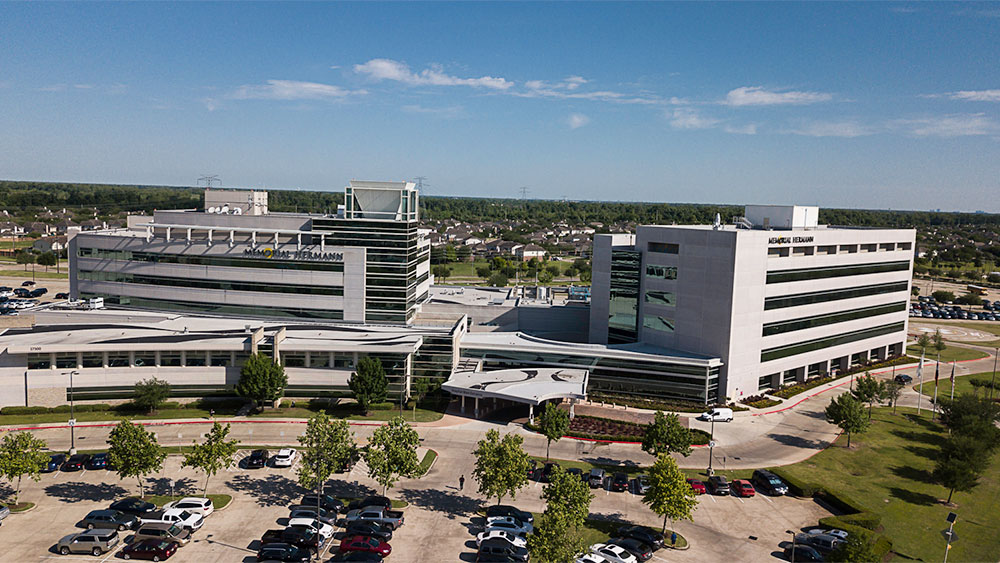Back pain is a common cause of disability, affecting as many as 80% of Americans at some time during their lives. It can impact the quality of life and inhibit the ability to move, sleep and engage in everyday activities. The severity of back pain may vary from mild to severe, ranging from a dull ache to a shooting pain or stabbing sensation. Back pain can often be relieved with rest, pain medication, and physical therapy. It’s best to see a doctor when the pain persists for more than two weeks, starts radiating down your legs, and causes numbness or tingling.
Causes of Back Pain
Back pain can result from a variety of injuries and conditions, but there are also a few factors that may put you at greater risk for developing back pain. These include age, lack of exercise, weight, smoking and diseases such as arthritis, cancer, and osteoporosis. General causes of back pain include:
- Back strains
- Spine fractures
- Spine arthritis
- Herniated disk or other disk issues
- Structural problems of the spine
- Heavy lifting, especially with improper posture
Advanced Treatments for Chronic Back and Neck Pain
Pain Medicine physicians treating back and neck pain use injections as both a therapeutic treatment and diagnostic tools. Injections are non-surgical options when medicine and physical therapy do not provide intended outcomes and can also help identify the exact source of pain. Injections typically involve the use of an anti-inflammatory steroid to reduce swelling and a numbing agent to disrupt or block pain signals from being transmitted to the brain.
Also known as blocks for impeding nerves from sending pain signals to the brain, injections are usually outpatient procedures. While the patient is lying face down, a local anesthetic is applied to the injection site. Advanced imaging technology may be used to help guide the physician, depending on the type of injection.
There are several common injections for back and neck pain:
- Epidural steroid injections: Using a special X-ray for guidance, a steroid is injected around the dura, a sac that surrounds nerves, to reduce inflammation. Types: Transforaminal (nerve openings in the spine), interlaminar (between vertebra) and caudal (low back) epidurals.
- Nerve blocks: A combination of a steroid and numbing agent is injected around or directly into the nerve. Types: Stellate (front of the neck), celiac plexus (abdomen), lumbar sympathetic (lower back), superior hypogastric (pelvis), ganglion impar (tailbone), occipital (back of head), supraorbital (forehead and eye socket) and suprascapular (shoulder).
- Facet joint block: With the assistance of a special X-ray for guidance, a local anesthetic is used to locate and numb the medial nerves on the facet joint. Facet joints are located along each section of the spine and help with motion and stabilization. Facet joint blocks can be administered as a stand-alone treatment or immediately precede radiofrequency ablation.
- Sacroiliac joint block: Using the same approach as the facet joint block, this injection focuses on the lateral nerves along the sacroiliac joint, which connects the triangular bone at the bottom of the spine (sacrum) to the pelvic bone, (iliac crest). It is also used as a stand-alone treatment or with radiofrequency ablation.
Back and Neck Pain Specialists
Multidisciplinary teamwork and access to the latest advances in technology and treatment distinguish us from other back pain and spine doctors in Texas. Our physicians specialize in pain management and spine surgery and provide each patient with a personalized plan of care, beginning treatment with the most conservative approach and using evidence-based medicine to ensure positive outcomes.
Search for Physicians by Specialty
Contact Us
Please fill out the fields below, and we will contact you.









